This weekend, Kathak danseuse Aditi Mangaldas will showcase her latest production, Within. It will include a Contemporary dance as well as Kathak on live music
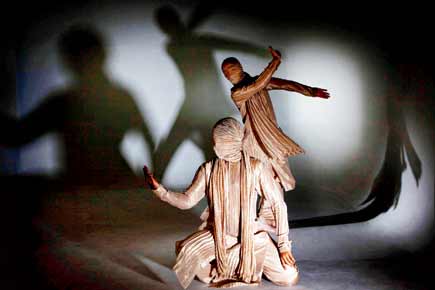
Kathak dancer Aditi Mangaldas’ latest production, titled Within, delves on emotions. The production is divided into two segments: Knotted, a Contemporary dance based on Kathak and Unwrapped, which features Classical Kathak performed to live music. She elaborates about the production, “It’s about discovering what lies within each of us. While there is brutality, there is also humanity. It focusses on emotions knotted within us, and about unwrapping it. Our message is that evil melts away if you learn to recognise it.”
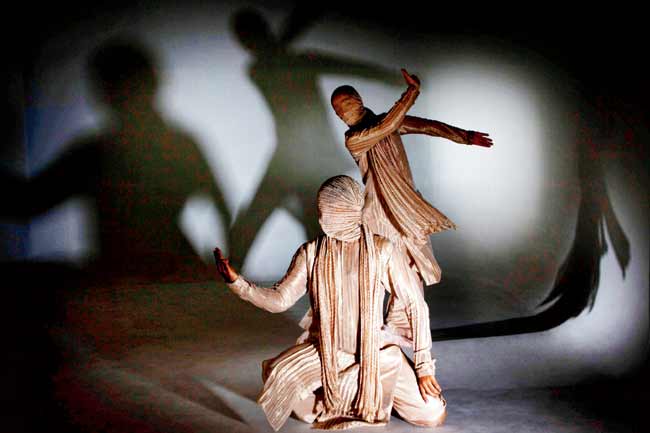 Aditi Mangaldas’ production Within focuses on the brutality among humans. Pic courtesy/ Dinesh Khanna
Aditi Mangaldas’ production Within focuses on the brutality among humans. Pic courtesy/ Dinesh Khanna
ADVERTISEMENT
Dance must evolve
While purists may frown at the inclusion of contemporary elements, Mangaldas is confident about her vision. “One can’t say whether it is Classical or Contemporary. Nothing is sacrosanct or unchangeable. Classical dances can be rejuvenated; it’s an evolving process, an experiment,” she explains.
Mangaldas elaborates that Kathak has journeyed from the temples to the royal courts and the Kothas. “It adapted over time yet managed to retain its intrinsic value,” she states, adding that this production required a contemporary touch to express the emotion of raw pain. “It is not fusion or grafting one element to another. Instead, we have taken the seed of Kathak, planted and watered it with contemporary sensibilities.”
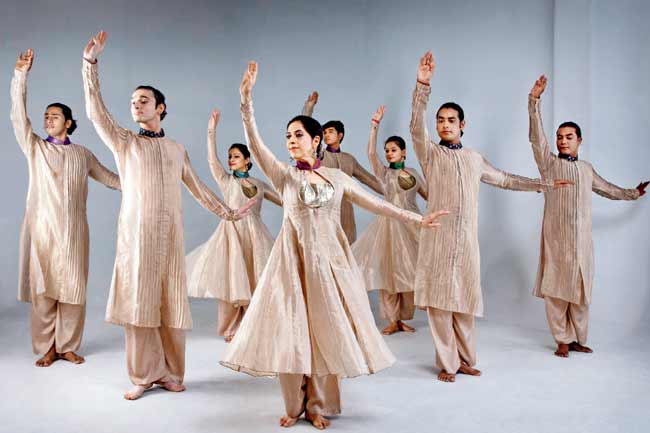
A dance sequence from Within
She observes that such events help to enthuse younger crowds too. “Classical dancers take too much for granted. With statistics showing that 65% of India’s population is under the age of 35, it’s necessary to recognise their needs. The youth (across metros) are attuned to full-fledged productions thanks to YouTube, and we must give it to them. The performance has to reach out to young and old alike,” she concludes.
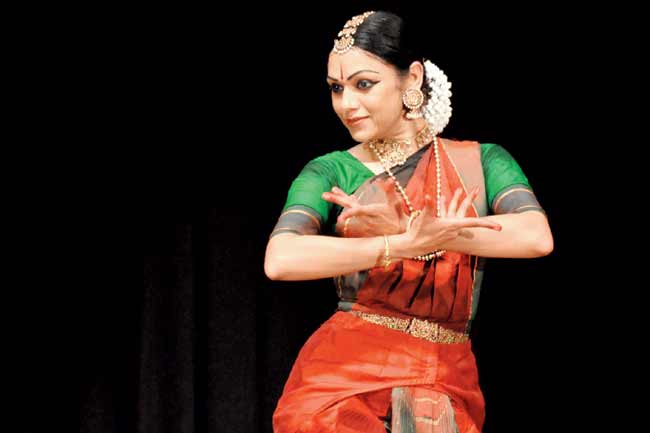
Rama Vaidyanathan, dancer
Bharatanatyam dancer Rama Vaidyanathan recently performed in the Kabir Festival. It included costumes and dialogues in Marathi. Vaidyanathan stresses that adding elements and blending shows versatility of form and pushes boundaries. “Each dancer has his/her own take. Whatever happens in any art form is organic and natural; it is part of the process of transition. One shouldn’t be judgmental,” she states, adding that the Bharatanatyam margam (way) practiced today varies from how the devdasis did it 200 years ago. “You add elements every time. But dancers must be well-trained and reflect the form in a good light,” stresses Vaidyanathan.
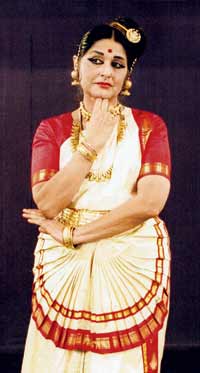 |
| Mohiniattam exponent Kanak Rele |
How good is change?
Iconic Mohiniattam dancer Kanak Rele, however, voices concern about the changes being brought about in the Classical form: “It is essential to maintain the chastity of dance and not tamper with it. Each style of dance has a history of hundreds of years. Foreign elements shouldn’t be added; it makes it grotesque.”
Odissi dancer Ranjana Dave, co-founder of Dance Dialogues, a space for dance makers to collaborate and explore ideas in multi-disciplinary ways, believes that the term ‘contemporary’ is problematic. “It refers to the sense of contemporary times, than a particular dance language. The Contemporary and Classical are not oil and water, they are just different sensibilities that can be brought together,” she reasons.
The National Centre for the Performing Arts (NCPA) hosts dance performances every month. Swapnokalpa Dasgupta, Head of Programming — Dance, NCPA, believes that the key lies in the definition of Indian Classical dance. “To some, adhering to the traditions is an ideal representation of it; to others, it is a dynamic dance form, nourished by contemporary thought.” Dasgupta adds that there is a growing trend among Indian Classical dance artistes to include some contemporary elements as well.
Bring in the crowds
A strong argument has been that the Classical form has been losing audience over the years and hence, needs a contemporary infusion. To encourage participation, NCPA conducts workshops with artistes and talks. The results are showing: such measures have led to a fresh influx of youth at such events in the past year. “City audiences prefer content that they can understand, relate with and which adds to their knowledge,” reminds Dasgupta.
LA Kazi, Director —Culture at Nehru Centre, another venue for Classical dance performances, admits that it’s difficult to get audiences for Classical events due to a lack of exposure. The previous Classical performance they hosted had a crowd in the range of 500-600, while they had expected more. “It’s a must to perhaps have a contemporary appeal to get new audiences. Exposure is important to ensure Classical dance doesn’t die. We are planning to host a Contemporary dance on the Malhar raga soon,” he states.
Dave admits that younger audiences are drawn to the contemporary because they can relate to it easily. “Most successful Classical artistes are aware of what is ‘contemporary’ about their work and how it helps them to relate to the classical traditions they are performing,” she explains.
Rele thinks otherwise, emphasising that audiences will come even if contemporary elements are not added, citing the example of the annual Classical dance festival she organised at Ravindra Natya Mandir, which was jam-packed with youngsters and yet rooted in the Classical form.
 Subscribe today by clicking the link and stay updated with the latest news!" Click here!
Subscribe today by clicking the link and stay updated with the latest news!" Click here!







